Kress Collection

Gasparo Mola, Vincenzo Gonzaga, 1562‒1612, 4th Duke of Mantua 1587 [obverse], n.d., bronze. National Gallery of Art, Washington, Samuel H. Kress Collection, 1957.14.956.a

Gasparo Mola, Saint George and the Dragon [reverse], n.d., bronze. National Gallery of Art, Washington, Samuel H. Kress Collection, 1957.14.956.b

Matteo Pagani, Tommaso Rangone, 1493‒1577, Physician of Ravenna [obverse], 1562, bronze. National Gallery of Art, Washington, Samuel H. Kress Collection, 1957.14.1096.a

Matteo Pagani, Jupiter as an Eagle Bringing the Infant Hercules to Juno [reverse], 1562, bronze. National Gallery of Art, Washington, Samuel H. Kress Collection, 1957.14.1096.b

Felice Antonio Casone, Dionisio Ratta of Bologna, died 1597 [obverse], 1592, bronze. National Gallery of Art, Washington, Samuel H. Kress Collection, 1957.14.1070.a

Felice Antonio Casone, Inscription [reverse], 1592, bronze. National Gallery of Art, Washington, Samuel H. Kress Collection, 1957.14.1070.b

Feilce Antonio Casone, Lavinia Fontana, 1552‒1614, Bolognese Painter [obverse], 1611, bronze. National Gallery of Art, Washington, Samuel H. Kress Collection, 1957.14.1071.a

Felice Antonio Casone, Lavinia Fontana Painting [reverse], 1611, bronze. National Gallery of Art, Washington, Samuel H. Kress Collection, 1957.14.1071.b
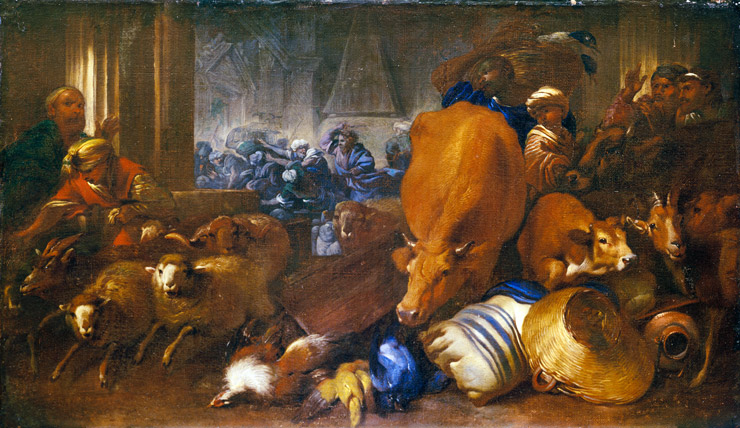
Giovanni Benedetto Castiglione, Christ Cleansing the Temple, 1616‒1634, oil on canvas. Bowdoin College Museum of Art, Brunswick, Gift of the Samuel H. Kress Foundation

Orazio Gentileschi and Giovanni Lanfraco, Saint Cecilia and an Angel, c. 1617/1618 and c. 1621/1627, oil on canvas. National Gallery of Art, Washington, Samuel H. Kress Collection, 1961.9.73
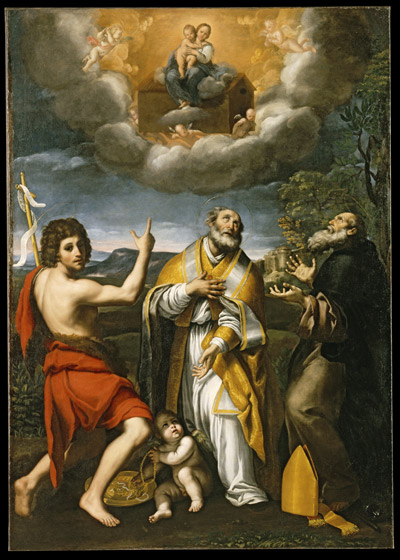
Domenichino, The Madonna of Loreto Appearing to Saint John the Baptist, Saint Eligius, and Saint Anthony Abbot, c. 1618‒1620, oil on canvas. North Carolina Museum of Art, Raleigh, Gift of the Samuel H. Kress Foundation
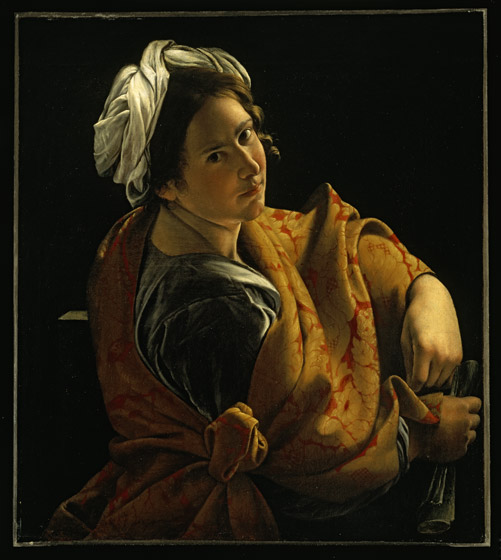
Orazio Gentileschi, Portrait of a Young Woman as a Sibyl, c. 1620, oil on canvas. The Museum of Fine Arts, Houston, The Samuel H. Kress Collection
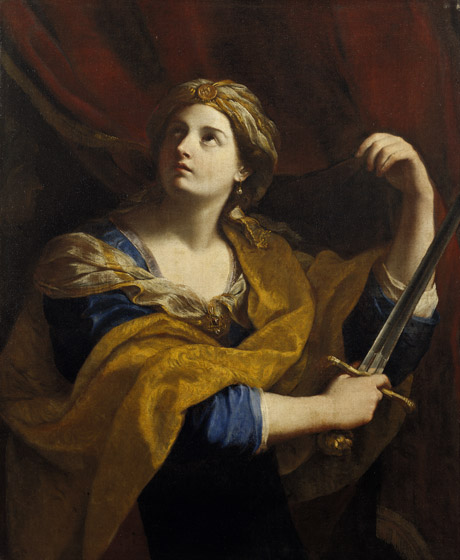
Possibly School of Guido Reni, Judith, c. 1620, oil on canvas. Birmingham Museum of Art, Gift of the Samuel H. Kress Foundation

Simon Vouet, Saint Jerome and the Angel, c. 1622/1625, oil on canvas. National Gallery of Art, Washington, Samuel H. Kress Collection, 1961.9.52

Gian Lorenzo Bernini, Monsignor Francesco Barberini, c. 1623, marble. National Gallery of Art, Washington, Samuel H. Kress Collection, 1961.9.102

Claude Lorrain, Landscape with Merchants, c. 1629, oil on canvas. National Gallery of Art, Washington, Samuel H. Kress Collection, 1952.5.44
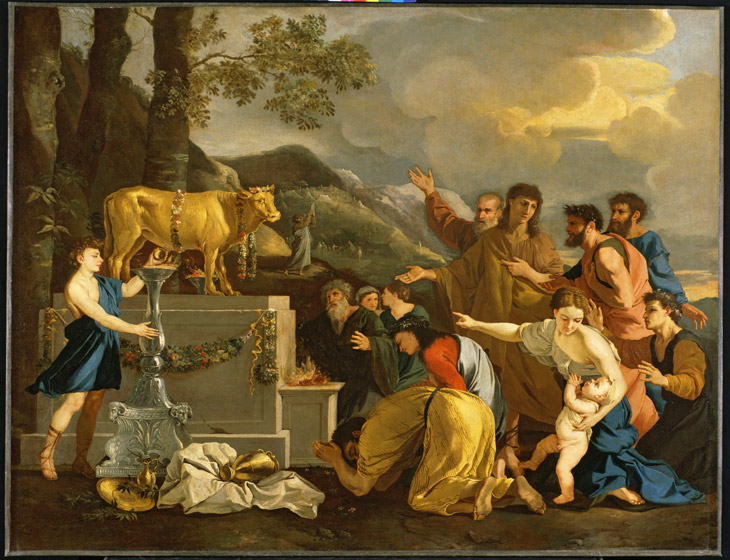
Andrea di Lione, copy after Nicolas Poussin, Adoration of the Golden Calf, 1626‒1629, oil on canvas. Fine Arts Museums of San Francisco, Gift of the Samuel H. Kress Foundation
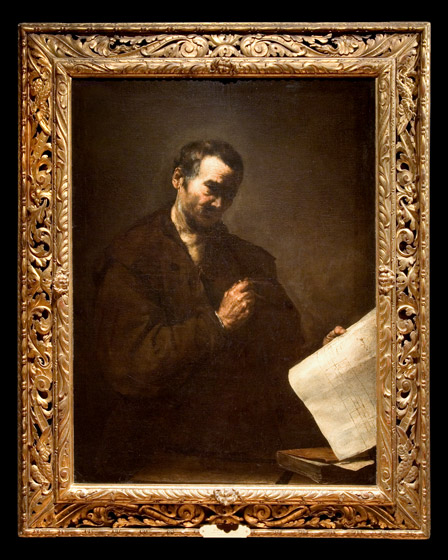
Jusepe de Ribera, A Greek Sage, c. 1630, oil on canvas. The University of Arizona Museum of Art, Tuscon, Gift of the Samuel H. Kress Foundation
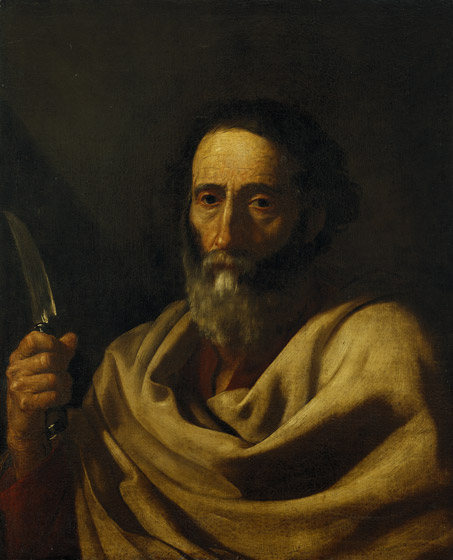
Jusepe de Ribera, Saint Bartholomew, c. 1630, oil on canvas. Birmingham Museum of Art, Gift of the Samuel H. Kress Foundation

Simon Vouet and Studio, The Muses Urania and Calliope, c. 1634, oil on wood. National Gallery of Art, Washington, Samuel H. Kress Collection, 1961.9.61
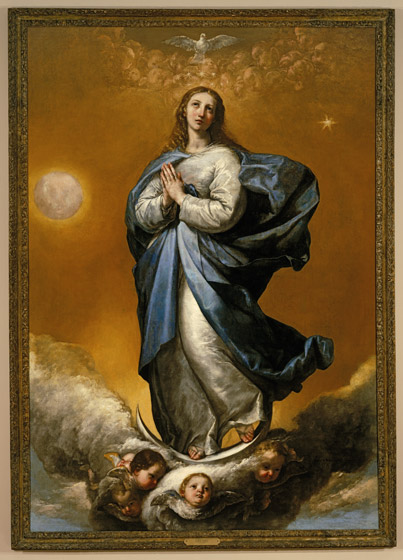
Jusepe de Ribera, Immacualte Conception, 1637, oil on canvas. Columbia Museum of Art, South Carolina, Samuel H. Kress Collection
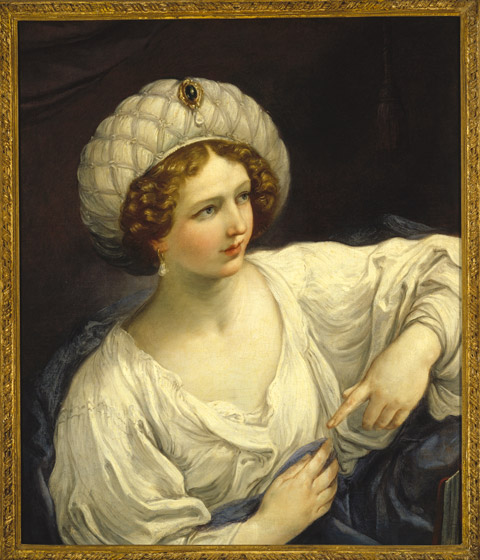
Guido Reni, Portrait of a Lady as a Sibyl, c. 1640, oil on canvas. Spencer Museum of Art, The University of Kansas, Lawrence, Gift from the Samuel H. Kress Study Collection
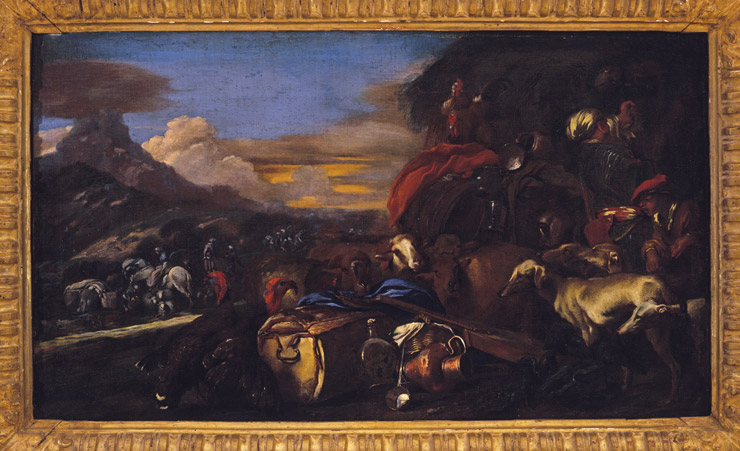
Giovanni Benedetto Castiglione, The Voyage of Jacob, 1640, oil on canvas. Sheldon Museum of Art, Lincoln, Gift of the Samuel H. Kress Foundation
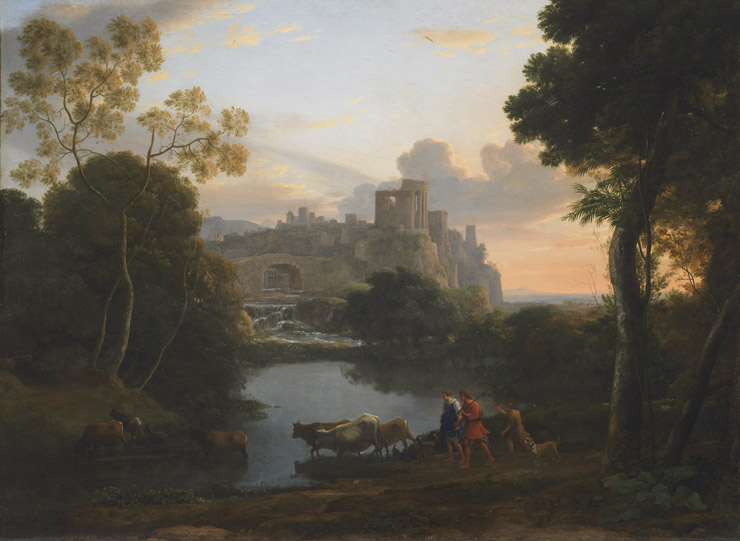
Claude Lorrain, View of Tivoli at Sunset, c. 1642-1644, oil on canvas. Fine Arts Museums of San Francisco, Gift of the Samuel H. Kress Foundation
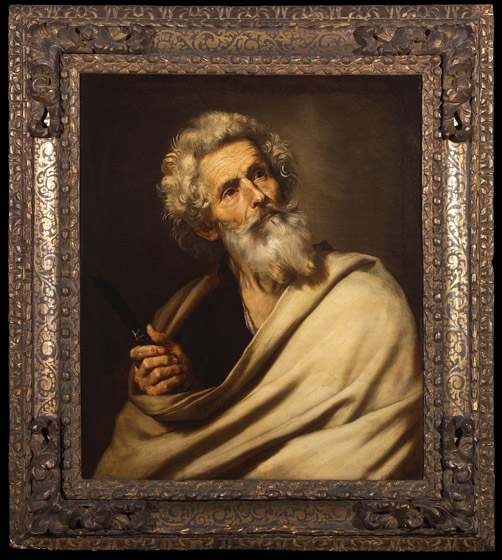
Circle of Jusepe de Ribera, Saint Bartholomew, 1643, oil on canvas. El Paso Museum of Art, Texas, Samuel H. Kress Collection
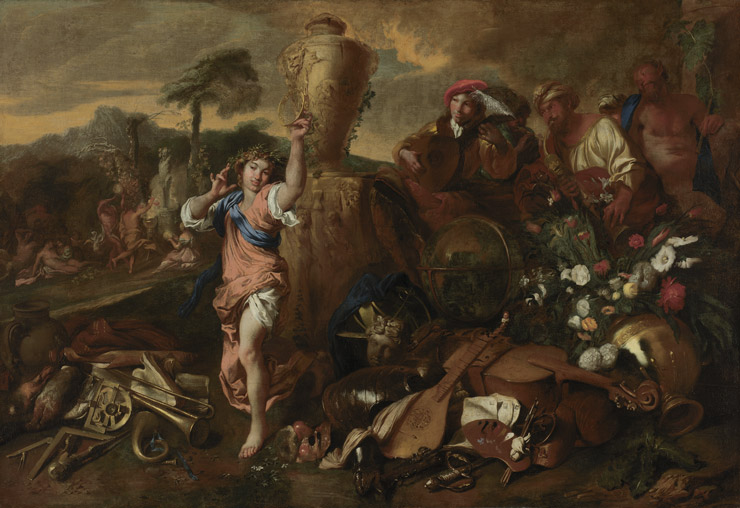
Giovanni Benedetto Castiglione, Allegory of Vanity, 1647‒1649, oil on canvas. The Nelson-Atkins Museum of Art, Kansas city, Gift of the Samuel H. Kress Foundation